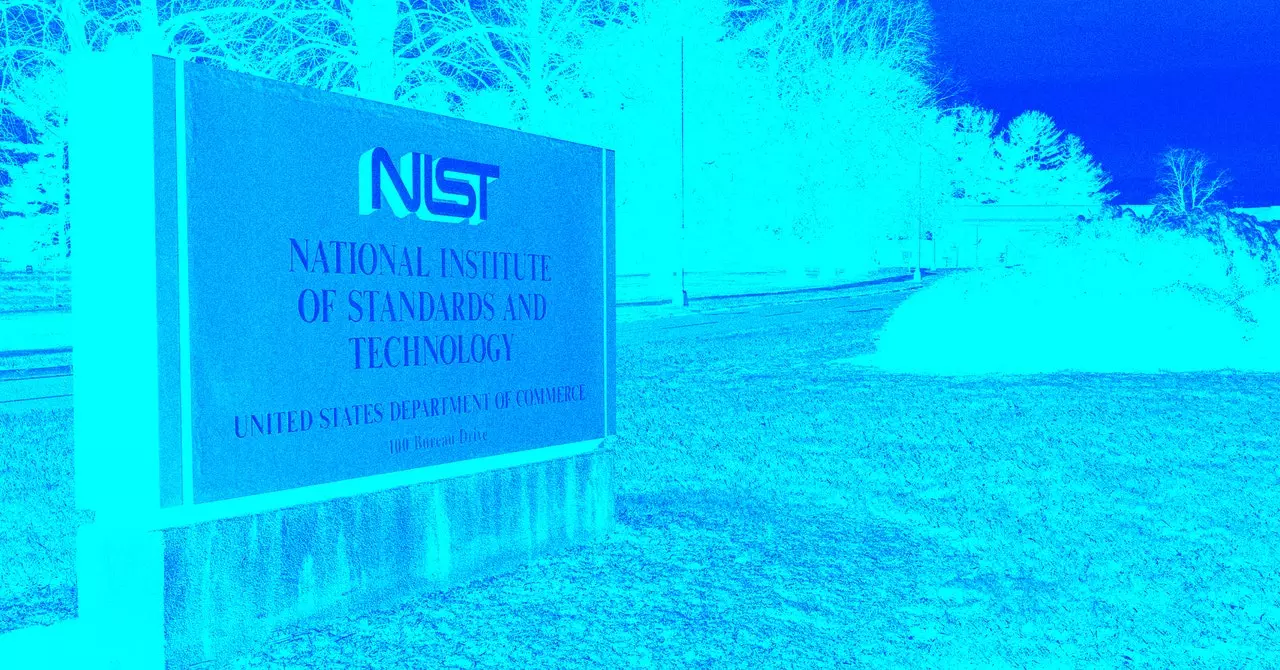In the wake of the recent political upheaval, the National Institute of Standards and Technology (NIST) faces potential sweeping layoffs that reflect a larger trend of administrative change under the Trump administration. This agency, tasked with ensuring the safety and reliability of consumer products and advanced technologies, is now grappling with the implications of drastic budget cuts as ordered by the new administration. The wave of uncertainty is being compounded by the involvement of unconventional figures like Elon Musk and his associated organizations, raising questions about the future trajectory of NIST and the critical programs it oversees.
Pressure and Layoffs: A Concerning Forecast
Current and former NIST employees have reported a climate of anxiety as the agency has prepared for layoffs intended to streamline government spending. The expectation that up to 500 probationary employees could be cut signals a troubling trend for the agency, which is known for its technical expertise and commitment to setting benchmarks across various industries. The rumors about potential layoffs were corroborated by sightings of personnel possibly linked to Musk’s DOGE organization on the NIST campus, further intensifying the scrutiny on the agency.
The fact that DOGE was reportedly interested in accessing NIST’s information technology systems adds another layer of complexity to an already fraught situation. Although NIST leadership asserted that DOGE representatives were not currently on-site, the notion of provisioning space and resources for them is indicative of a significant shift in agency priorities. The whispered implications of layoffs would not only affect the employees in question but also potentially dismantle years of hard work in the fields of technology safety and standards.
One of the most profound casualties of these impending layoffs may be the U.S. AI Safety Institute (AISI), a newly established body created under a prior administration’s executive order. AISI was championed as a crucial player in ensuring that artificial intelligence technologies are developed and deployed safely. However, with the revocation of the executive order, the institute’s stability seems tenuous at best.
The departure of key figures within the AISI and other AI-focused teams marks a troubling trend that raises questions about the national commitment to responsible AI governance. The eliminations come amid a national conversation on AI risks and ethical considerations that is gaining traction across various platforms. The lack of invitation to AISI representatives at key international events, such as the AI Action Summit, only underscores the deprioritization of AI safety that is currently underway.
The potential layoffs at NIST carry implications that extend beyond the agency and into the wider technology landscape. As an establishment known for its scientific rigor and ability to shape critical standards for everything from nanotechnology to cybersecurity, the diminishing workforce at NIST could impede the agency’s capability to maintain its role as a global leader in technology standards.
Moreover, with the interplay between industry and governance growing increasingly contentious, the role of organizations like NIST becomes even more crucial. The involvement of influential figures like Musk, who are deeply invested in AI and tech innovation, sketches a complex picture of regulatory oversight and corporate interests vying for dominance. This could lead to a fragmented approach to technology standards that favors corporate agendas over public safety.
The looming layoffs at NIST highlight significant challenges within the nexus of technology, governance, and public welfare in the age of heightened political polarization. As the agency braces for changes that could substantially reshape its workforce and diminish its influence, one can only hope that the future will provide a renewed commitment to safety and standards in technology.
Balancing innovation with safety is an ongoing dilemma that requires a collaborative approach, blending governmental oversight with industry expertise. Without a concerted effort to uphold and enhance the work of agencies like NIST, we risk losing not only valuable expertise but also vital guidelines that ensure technology serves the greater good. As the narrative unfolds, stakeholders must remain vigilant and advocate for a framework that safeguards both innovation and public interests in an increasingly complex technological landscape.

